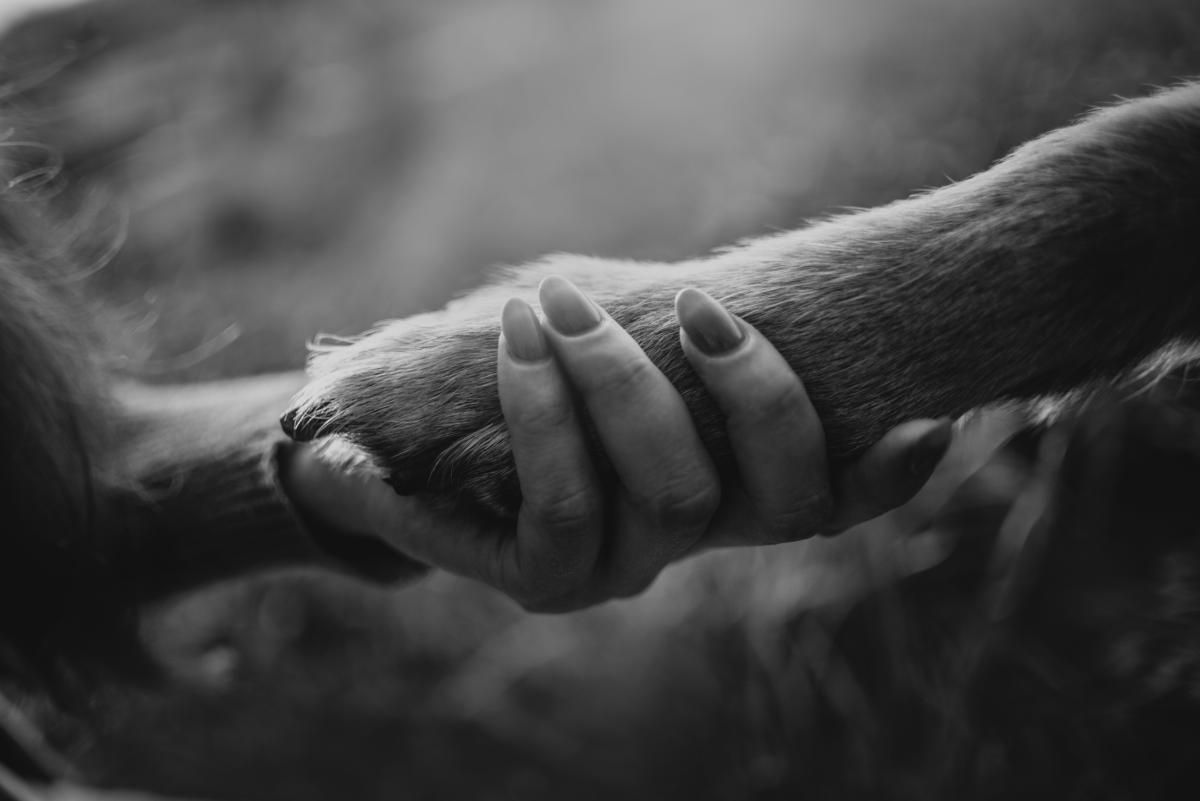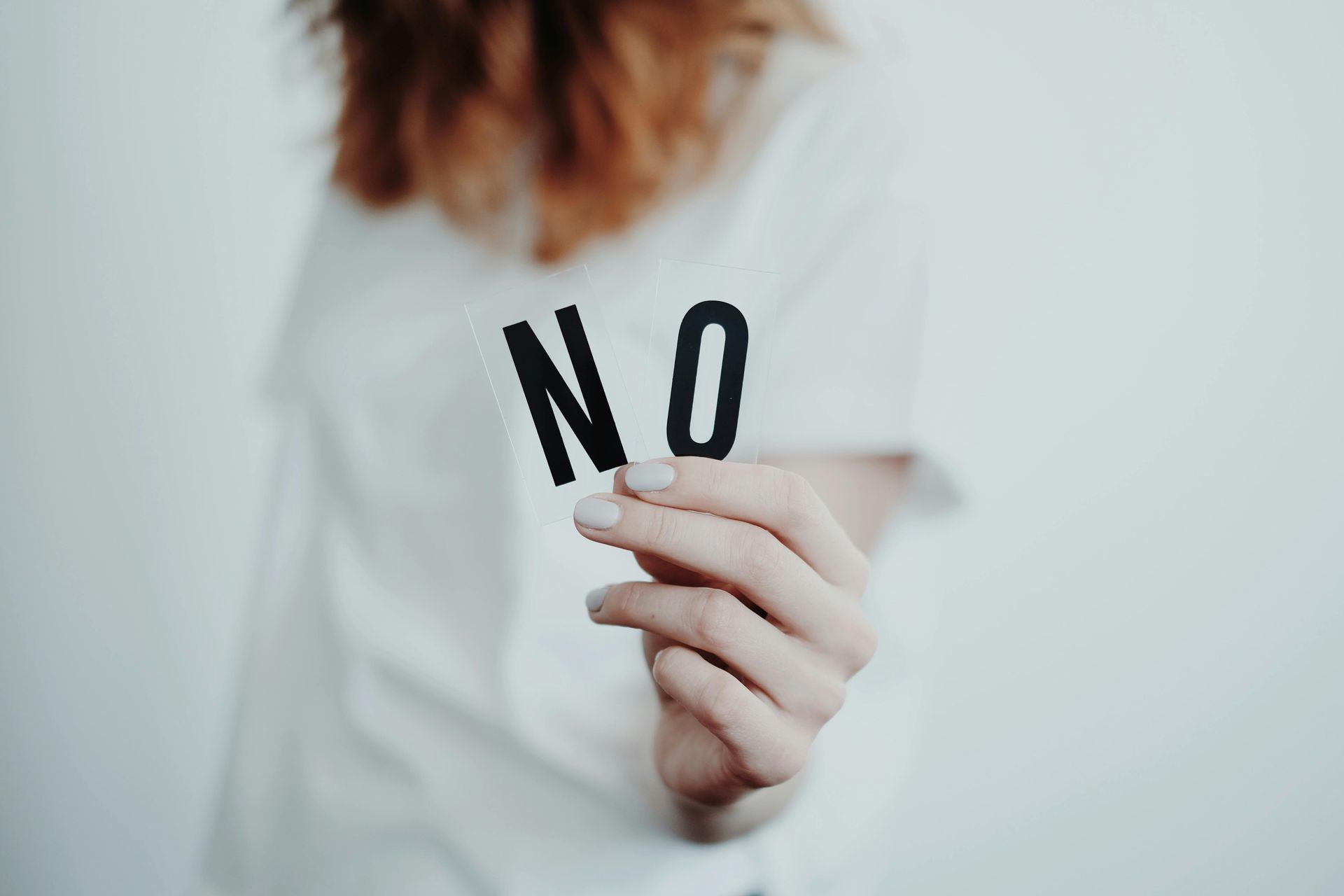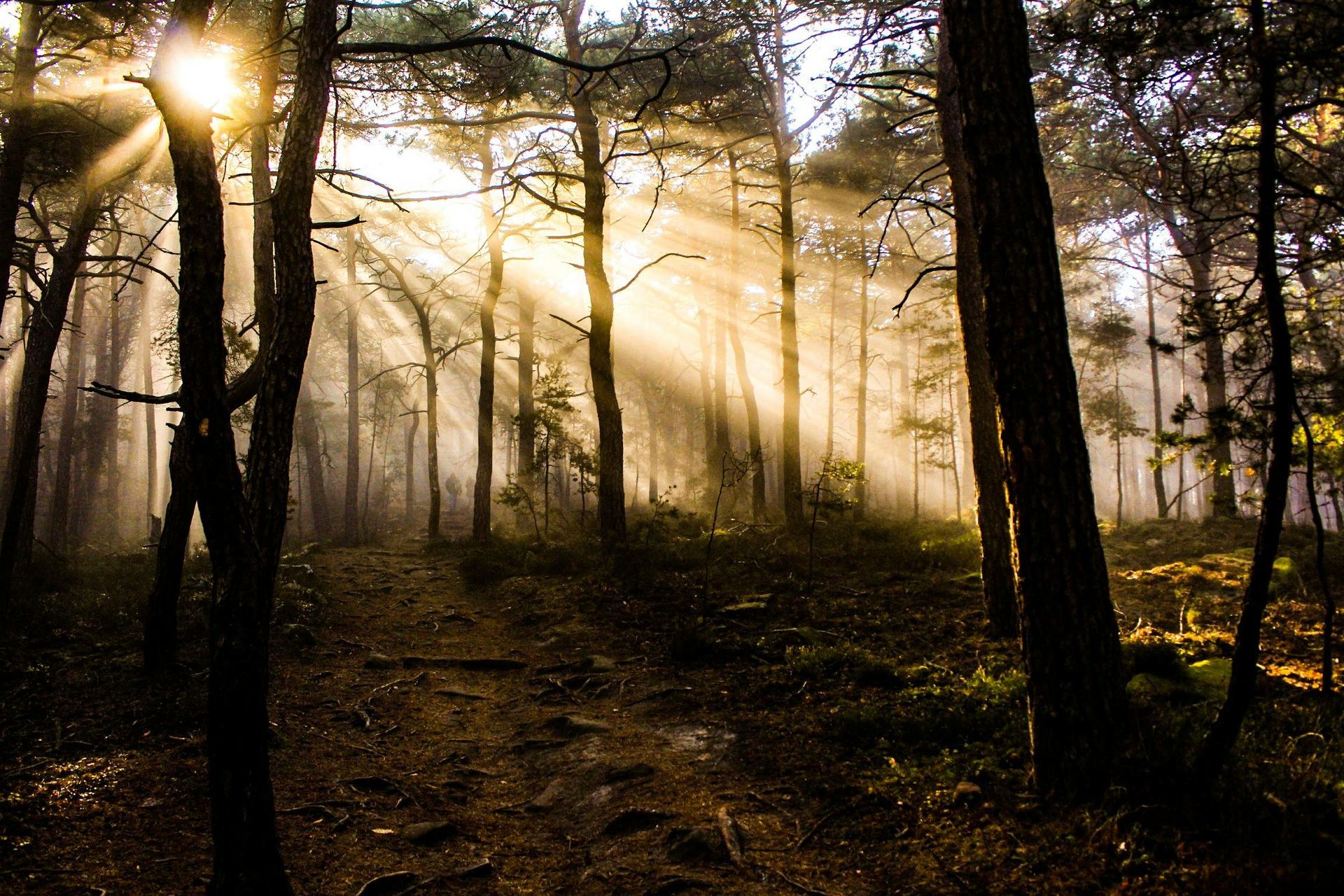Breaking the Cycle: Healing Relationship Patterns Rooted in Trauma
Do you feel like you keep dating the same person in a different body? Ever feel like you're stuck in a relationship version of Groundhog Day? Different partner, same old challenges. Maybe you keep attracting emotionally unavailable partners, find yourself in codependent dynamics, or always feel like you’re walking on eggshells. If this sounds familiar, you’re not alone. Many of our relationship patterns, especially the painful, frustrating, or downright exhausting ones, are rooted in unresolved trauma. The good news? Once you recognize these patterns, you have the power to break the cycle and create healthier, more fulfilling connections.
Let’s dive into why this happens and, more importantly, how to free yourself from these repeating relationship loops.
The Connection Between Trauma and Relationship Patterns
Your brain is wired for familiarity, even if familiarity is dysfunctional. Your brain loves what it knows. It’s wired for predictability, even if what’s predictable isn’t necessarily good for you. If you grew up in an environment where love felt unstable, conditional, or even unsafe, that experience likely shaped your expectations of relationships.
For example:
- If love was inconsistent, you might be drawn to partners who are hot-and-cold.
- If you had to earn affection, you may find yourself overgiving or people-pleasing.
- If conflict felt dangerous, you might avoid confrontation at all costs, or seek out drama without realizing it.
These patterns aren’t random. They’re survival strategies that your nervous system developed to navigate past relationships, usually in childhood. The problem? They follow you into adulthood and can make healthy love feel boring or even wrong, when in reality, it’s just different.
3 Common Trauma-Rooted Relationship Patterns (and How to Break Them)
1. The “I Can Fix Them” Syndrome (a.k.a. The Saviour Complex)
Do you find yourself drawn to partners who need saving? Maybe they have an addiction, emotional wounds, or just “so much potential” if only someone loved them enough. Sound familiar?
Why it Happens: If your early experiences taught you that love means proving your worth by fixing others, this dynamic will feel natural to you. But healthy love doesn’t require you to be a therapist, parent, or martyr.
How to Break the Cycle:
- Recognize that you can love someone without rescuing them.
- Ask yourself: Am I attracted to their potential, or am I accepting them as they are?
- Prioritize relationships with emotionally healthy partners who don’t need you to heal them.
2. The Avoidant Attachment Trap
Do you crave deep intimacy but bolt the second someone gets too close? Or do you find yourself attracted to people who keep you at arm’s length? This is classic avoidant attachment behaviour.
Why it Happens: If closeness once felt overwhelming, invasive, or unsafe, your nervous system might associate intimacy with losing yourself or being hurt. This can lead you to unconsciously push people away or chase after those who won’t fully commit.
How to Break the Cycle:
- Start small, practice being vulnerable in safe relationships.
- Challenge the belief that needing someone makes you weak.
- Notice when you're pulling away out of fear versus genuine misalignment.
3. The Emotional Rollercoaster (a.k.a. The Push-Pull Dynamic)
Are your relationships intense, passionate, and dramatic? Do you find yourself in cycles of passionate connection followed by painful distance? This push-pull dynamic can feel intoxicating, but it’s often rooted in unresolved wounds.
Why it Happens: If you experienced unpredictable love, where affection was sometimes abundant and sometimes withdrawn, your nervous system might associate instability with excitement. The highs feel so high because the lows are so low.
How to Break the Cycle:
- Recognize that stability is not the same as boredom.
- Look for relationships that offer consistency rather than adrenaline rushes.
- Practice self-soothing so that your emotions aren’t dependent on someone else’s availability.
Healing Starts With Awareness (and a lot of Self-Compassion)
Breaking these patterns isn’t about blaming yourself or your past. It’s about recognizing where these behaviours come from and making conscious choices about what love should look like for you now.
Steps to Heal and Cultivate Healthier Relationships:
- Self-Reflection: Journal about your past relationships and look for recurring themes. What patterns do you notice?
- Therapy or EMDR: Trauma-informed therapy can help rewire deep-rooted beliefs about love and attachment.
- Inner Child Work: Reconnect with the younger version of yourself who learned these patterns and give them the love they needed.
- Somatic Practices: Since trauma is stored in the body, practices like breath work, yoga, or meditation can help regulate your nervous system.
- Set Boundaries: Learn to say no to relationships that trigger old wounds and yes to partners who offer safety, stability, and mutual respect.
The Relationship You Have With Yourself Sets the Tone for Every Other Relationship
Healing trauma-rooted patterns takes time, patience, and a whole lot of self-compassion. But the more you cultivate a loving, secure relationship with yourself, the easier it becomes to attract (and maintain) relationships that feel nourishing, safe, and genuinely fulfilling.
So next time you find yourself in a familiar relationship struggle, pause and ask: Is this my trauma talking, or is this my truth? The more you lean into self-awareness, the more power you have to break the cycle, for good.
You deserve love that feels safe, steady, and real. And guess what? It starts with you. 💙
SHARE THIS POST:
OUR RECENT POSTS:


Reclaim Your Peace of Mind
Book your free consultation now and discover the support you deserve.





